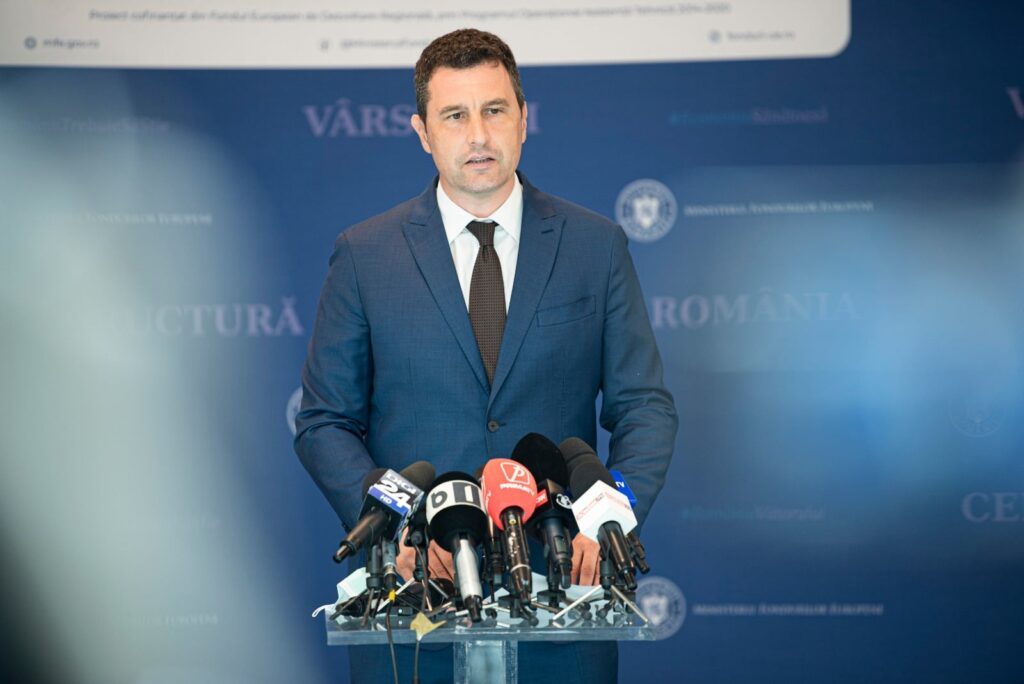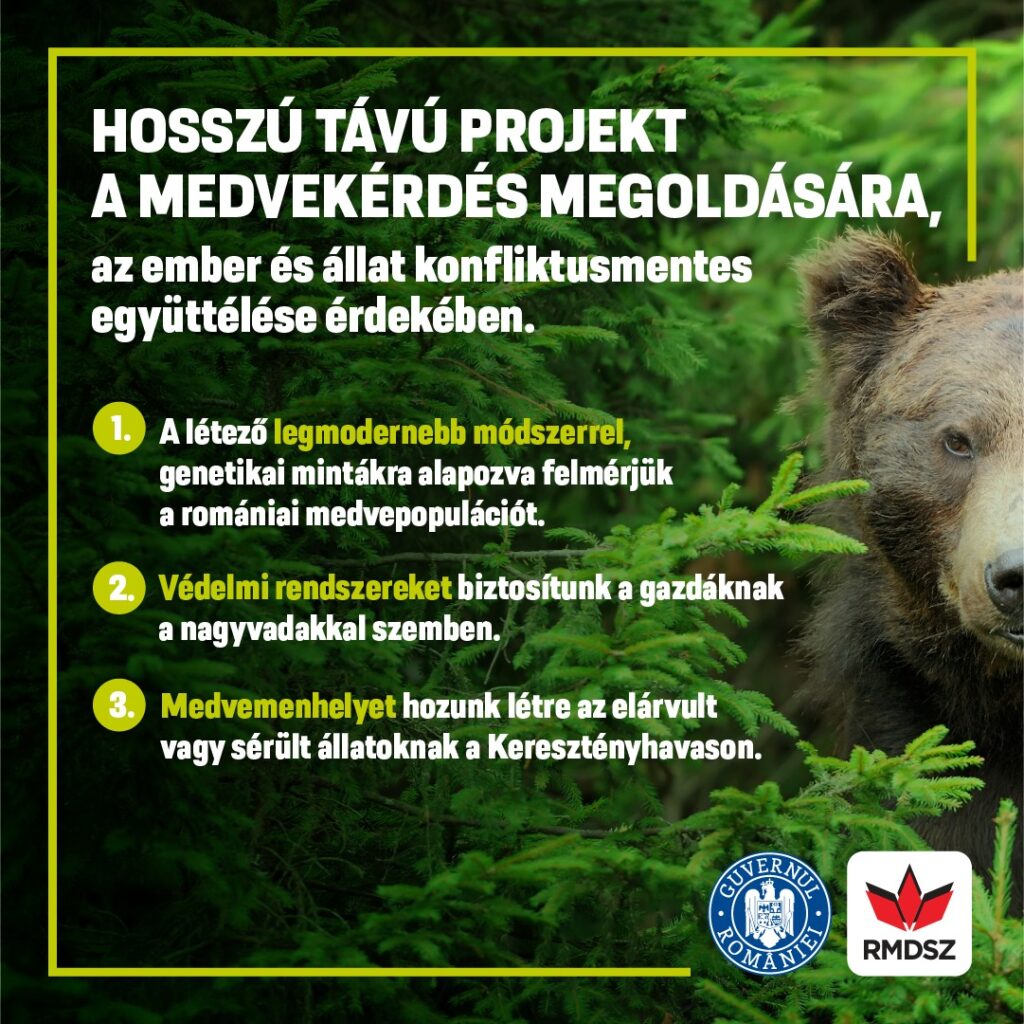The representatives of the Romanian Ministry of European Funds and the Ministry of Environmental Protection, Water and Forestry have signed a grant for the implementation of the national action plan for the management of the bear population. As Barna Tánczos, Minister of Environmental Protection, and Csilla Hegedüs, state secretary at the Ministry of EU funds, announced, they will grant from European funds RON 53.5 million (EUR 1.08 million) for the surveillance of the bear population and development of a long-term big game management plan, Hungarian newspaper Székelyhon.ro reports.
As the representative of the ministries said, the Romanian bear protection action plan was published in the summer of 2018, but for a long time, there was no further development on this issue. The Ministry of Environmental Protection has now found an adequate method of execution and the necessary funds for the plan. According to Barna Tánczos, they have allocated more than EUR 1 million from one of the projects of the 2014-2020 Large Infrastructure Operational Progamme to finance measures to reduce the number of conflicts between people and bears. They will also fund the preservation of the natural habitat of bears and the sustainable management of the population, the minister added.

“This project is an important component of the action package to reduce the chance of interactions between man and bears and to keep the bear in the forests, in its natural habitat,” Barna Tánczos said at the press conference. The minister added that the biggest benefit of the project is that it will provide an irrefutable, scientifically proven answer to the question of how many bears live in Romania.
“The basis of the population management is to know how many bears live here. Important data on population dynamics is the composition by age and sex, as well as the spatial location of each individual. The management should be based on this, taking into consideration the capacity of the habitat and social acceptance. The optimal number of bears means a number where people can live without conflict with the species while the state is not under too much pressure to compensate for any damage caused,” Barna Tánczos said.

As part of the bear population management project, implemented between July of 2021 and December of 2023, a genetic observation and numerical survey of the bear population will be carried out. Another component of the plan is to secure more than 1,000 electric fences for the protection of livestock, farms and other possessions. They will also create a 60-hectare bear rehabilitation center in Keresztényhavas (Postăvaru), Brassó (Brașov) County, and will organize programs to inform and sensitize the population about sustainable wild game management, with a significant focus on bears.
The minister also added that the member states of the EU are not interested in taking over any Romanian bears. Barna Tánczos requested the help of member states two months ago; however, he did not receive any positive answers. They have transferred some bears to an institute in Hungary, but other member states have not shown any interest in moving some of the bears from Romania to natural habitats in their countries where they can live free.

State Secretary Csilla Hegedüs said that the Ministry of European Funds has other projects to preserve biodiversity in Romania.
“I am pleased that through the National Recovery Plan, we can build a greener, healthier and safer Romania. We are allocating more than 1.3 billion euros, for example, for afforestation and conservation of biodiversity, we are connecting 88,000 households to the water and sewage system, we are spending 150 million euros on protecting the natural resources of the Danube Delta, boosting its cultural life and promoting conscious tourism,” the state secretary detailed.
Title image: As part of the action plan, the ministries will secure 1,000 electric fences to protect humans and their possessions. Photo: Székelyhon/László Beliczay